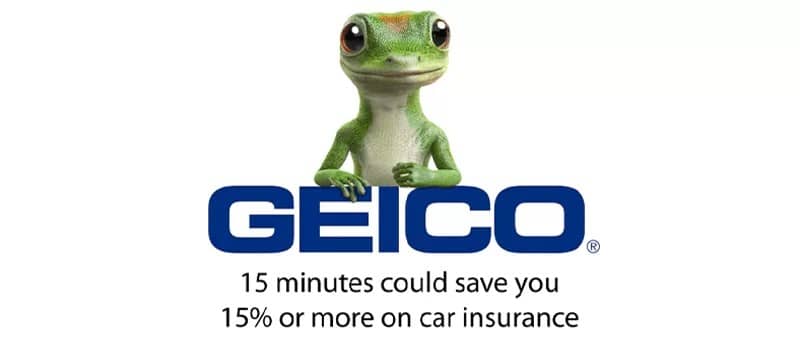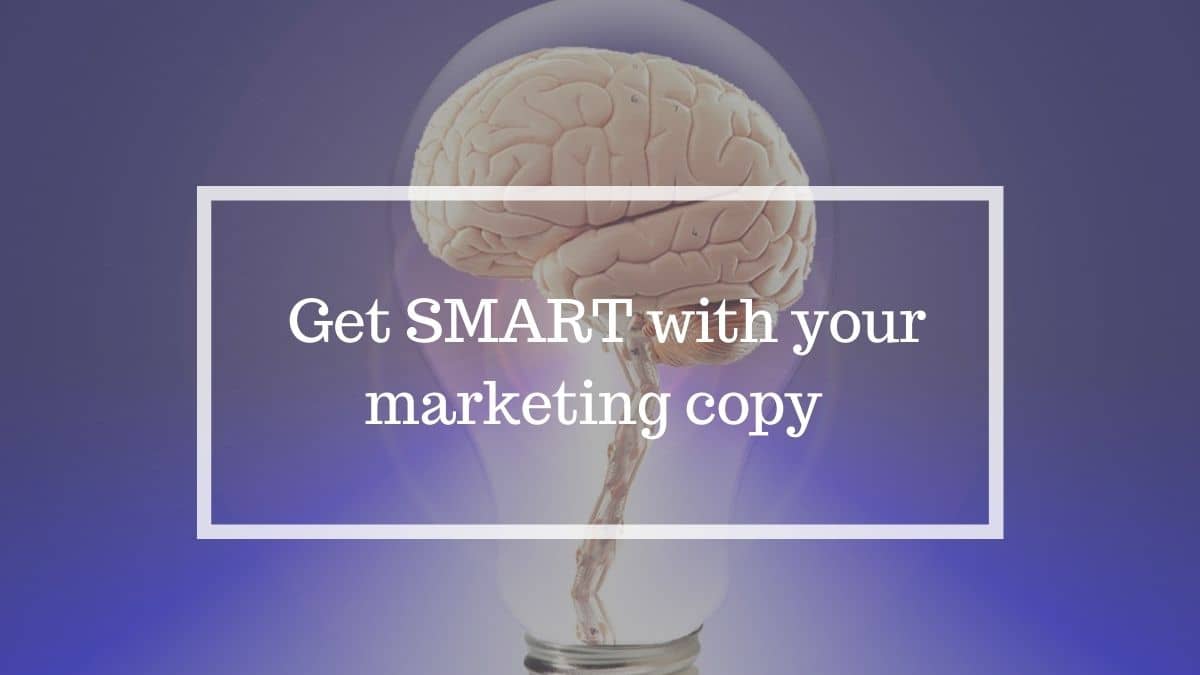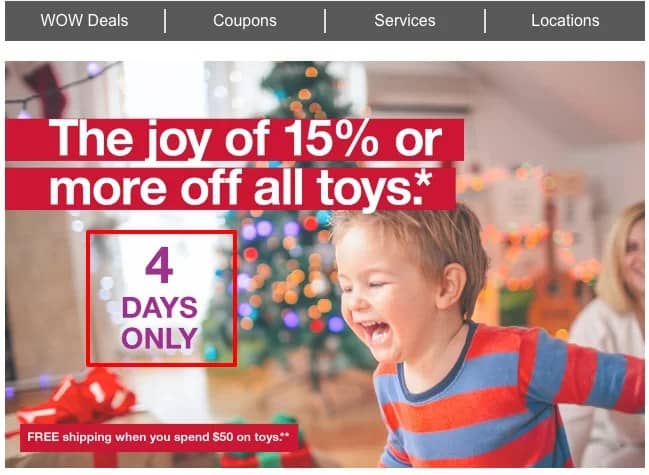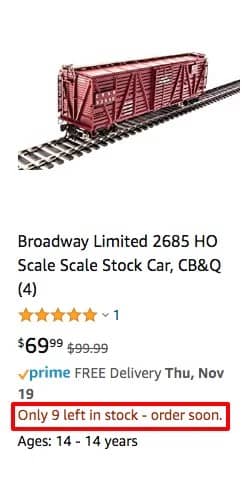If you’re familiar with SMART goals, then you know that SMART stands for Specific, Measurable, Attainable, Relevant and Time Bound. These attributes help ensure that the goals you set are meaningful and impactful.
But did you know that these same attributes can help you craft better marketing messages, too? Let’s look at each part of the SMART copywriting approach.
Specific
Too much marketing is generic. How often have you seen lines like these?
“Save time and money.”
“Lose weight.”
“Grow your business.”
These are all good benefits, but they don’t have any real impact without context. If the savings is just one cent, who cares? And how are these claims different from anything your competitors could use?
To be convincing, you need to paint a clear picture for your prospects. One of the best ways to do that is to use specifics. Look how much stronger these benefits become when you add specifics.
Save three hours and $50 a day
Lose 10 pounds your first week
The easiest way to scale from 1,000 to 100,000 customers
And this isn’t limited to just benefits. Go through your copy and get rid of generic fluff words like “high quality,” “best,” and “robust.” Give specifics. What makes your solution quality high? How are you measuring best?
Nobody believes marketers when they say how great their products are. So don’t. Instead, convince the reader with specifics, so he can come to that conclusion on his own.
Measurable
All marketing offers cost something, whether it’s money, time or effort. That’s what people are going to measure the value of your offer against.
Sometimes it’s easy to quantify that value. This Geico tagline is a good example:




Often, it’s more difficult to quantify cost and value. Results for most products and services vary based on many factors. Fortunately, there are ways to measure it indirectly.
Comparisons are probably the best of these. Comparing yourself to your competition gives readers a point of reference. For example, car companies can call out how they have the best gas mileage or resale value in their class.
You can also compare the benefits of having your product to status quo. Focus on the reader’s pain point and how your offer will make life better. The bigger the pain point, the more value your solution will have.
And you can compare your offering to unrelated products or services. This can be especially useful when it comes to price. That’s why many ads point out that a subscription costs less than a cup of coffee per day.
Attainable
Most people know how important it is to focus on benefits. You naturally want to make your offer sound like the best thing ever. But if readers don’t think your promises are attainable, you aren’t going to persuade anyone to take action.
If you write a headline like “Lose 20 pounds overnight,” most people will assume it’s a scam, even if it’s true. That’s not something most people think is attainable.
But claims don’t have to be that outlandish to seem unattainable. For instance, claiming your product will “keep the weight off for good” may seem unattainable to people who have tried different options and gained the weight back each time.
The key is to know your target audience. Consider their experience, beliefs and pain points. And tailor your copy appeals to that.
Relevant
People don’t buy the best solutions. If they did, every company would have a monopoly on their industry. Instead, people buy the best solutions for them. That’s what you need to convince your prospects you’re offering.
Personalizing your copy is a great way to do this. In direct mail, email campaigns and personalized URLs, you can include information such as the person’s name, purchase history or other specific data points.
But even when you don’t have variable fields, you can still personalize copy for your specific target audience. For instance, you can call out who your offer is for with lines such as:
- Attention homeowners
- Specially formulated for women over 40
- Over 20,000 small businesses choose…
And of course, you need to use the appeals, language and something that fits your target audience, as well. That means you need to go benefit just benefits and figure out what those benefits mean to your specific audience.
For example, saving $500 a month may represent salvation to someone who is drowning in debt. To another person, that same benefit could about providing a nest egg for his family.
The more you write to their motivations and needs, the more relevant your copy will be.
Time Bound
It’s not enough to simply build interest and desire for your product or service. If you want to turn that desire into action, you need to convince your prospect to act now.
Because doing nothing is easier than responding to an offer. There is less risk in not responding. It’s familiar. What’s the harm in waiting?
That’s the question good copy answers. And the easiest way to add that urgency is with limited time offers. Attaching a firm end date or time limit forces the prospect to make a decision. They either respond to the offer or miss out.
For digital components, countdown timers can help call extra attention to the urgency of your offer. For static formats, try to make the expiration stand out through formatting, such as boldface type.
But what if you can’t use a specific expiration date? No problem. You can still add urgency.
Highlighting limited quantity is one way to add urgency without referencing a specific timeframe. Here’s an example from Amazon.
Another way to add urgency is to highlight the consequences of procrastinating. Agitate the pain point that your product or service solves, so that readers feel that frustration now. And stress how your solution will make an impact quickly.
Put SMART copywriting to the test
Use these tips to see for yourself how SMART copywriting converts better. Be sure to let me know how it goes. And if you need help getting started, please don’t hesitate to reach out.






